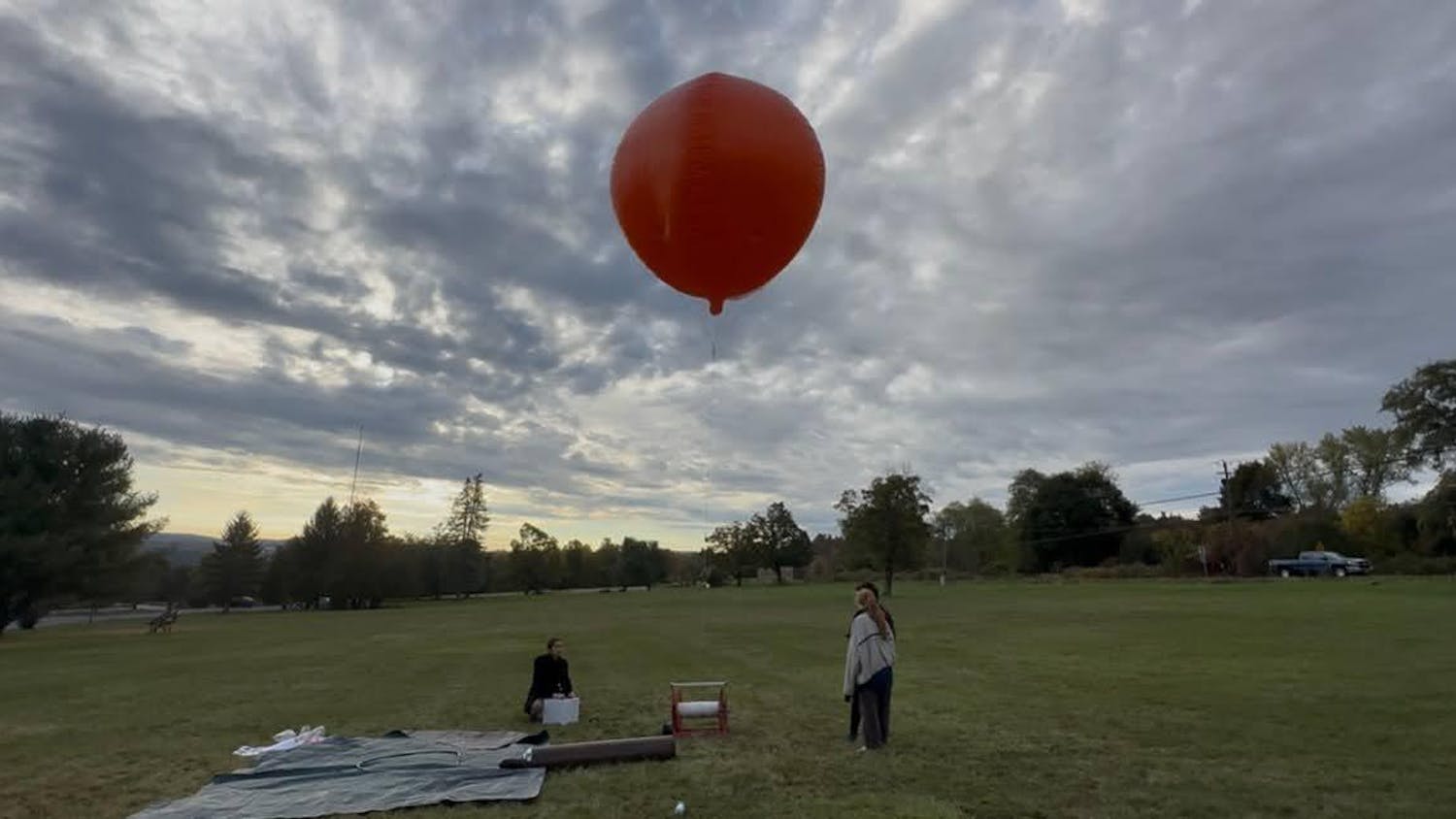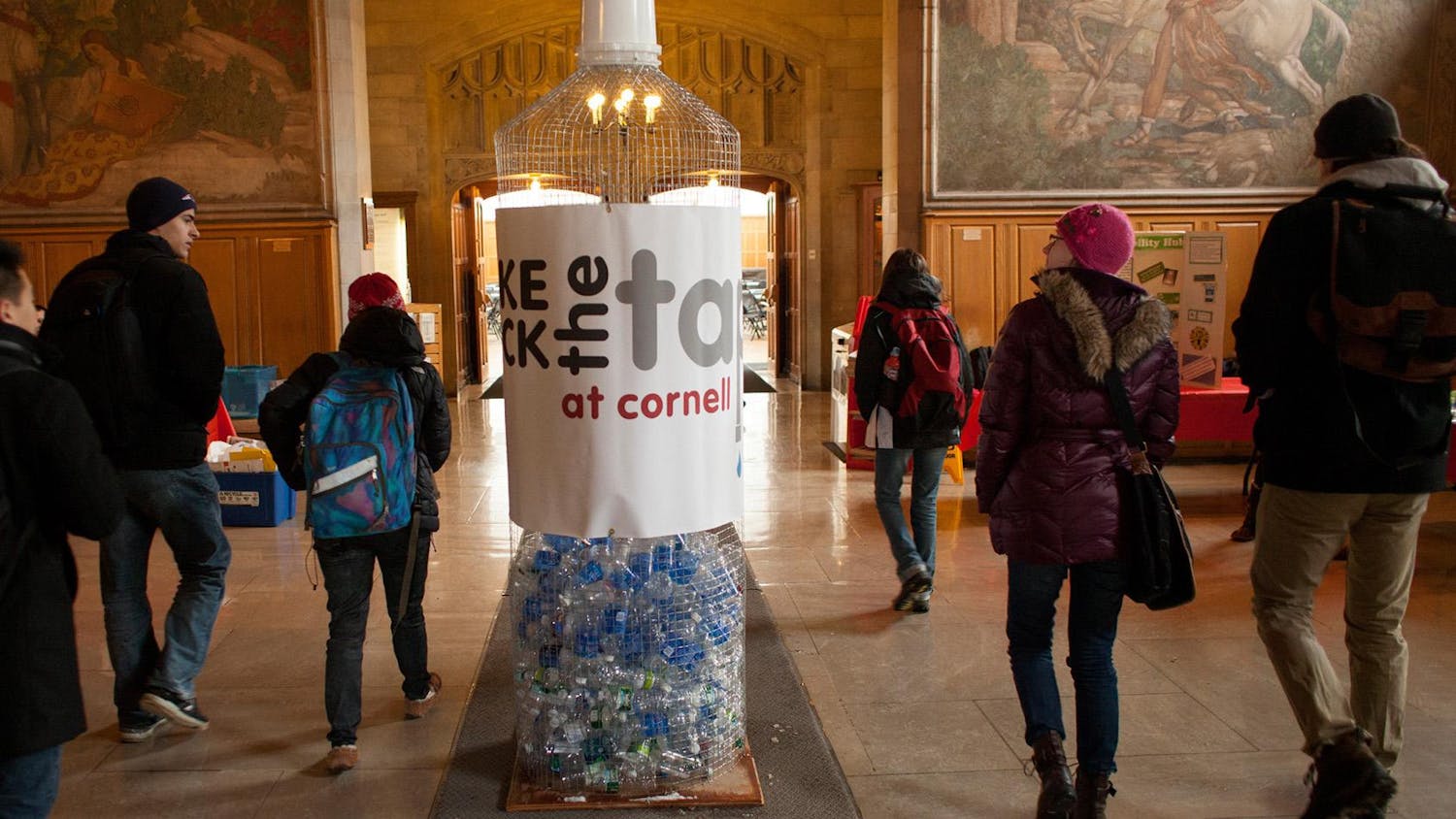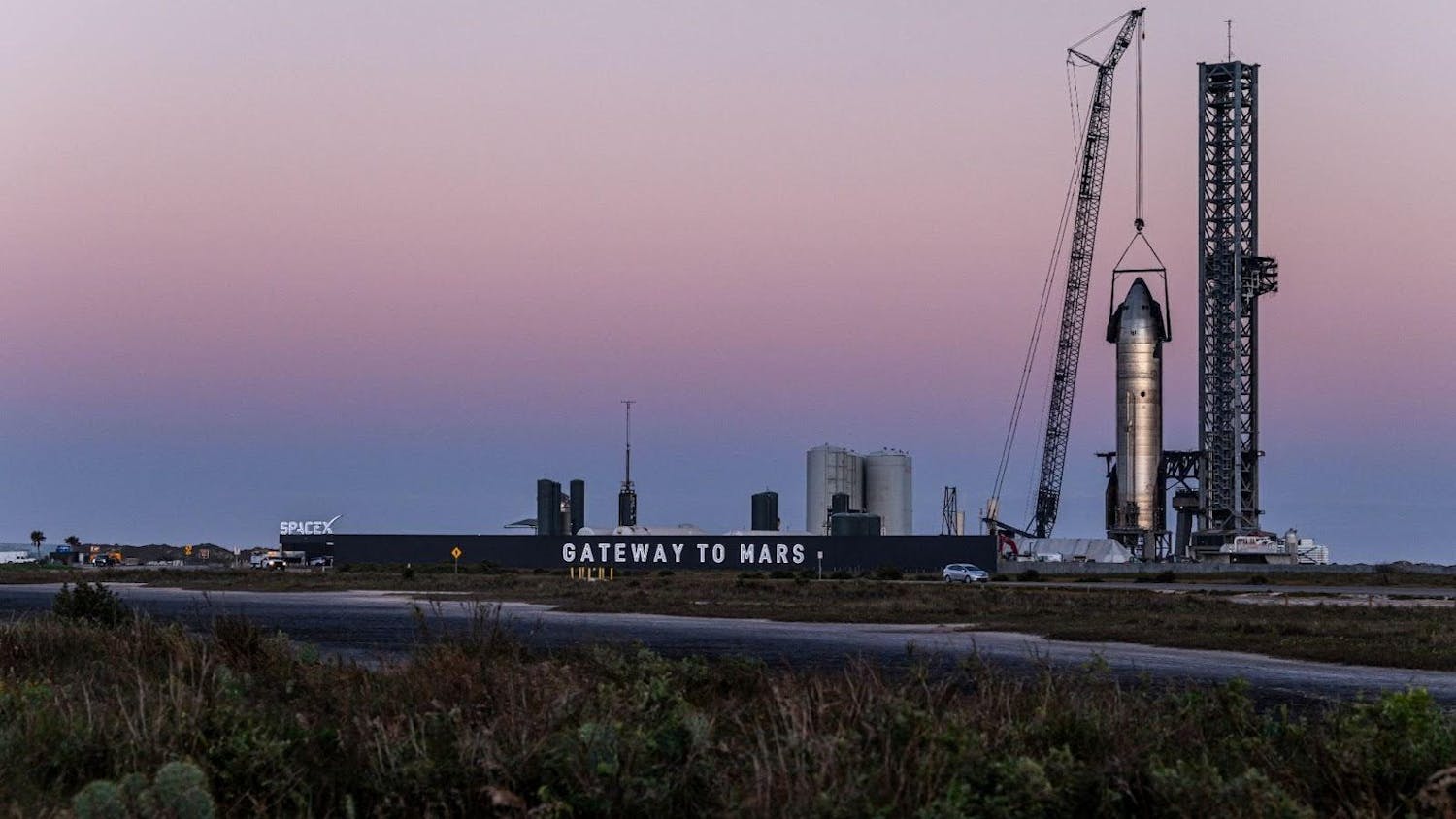In Hollis E. Cornell Auditorium last night, a panel of World War II veterans spoke of their experiences fighting the war as part of a program entitled, "Face to Face: The USAAF Revisited."
The five panelists were Dave Cutting '48, Frank Collyer '48, Jack Krieger '49, Prof. Chester Freeman '40, and Major Wilbur Sovocool '50.
Prof. Major R. Byron Breese, aerospace studies, organized the presentation and introduced the panelists.
"Many veterans die everyday" Breese said. "I really thought that this would be a great opportunity to have everyone hear their stories and to meet some of them. I thought that this would help to connect them with younger people."
Each panelist spoke for approximately 15 minutes, telling stories of specific missions flying for the United States Army Air Force, originally called the United States Air Corps, and the process they went through in order to become pilots.
"The ecstasy of flying is like no other," Cutting said. "It is just complete freedom."
Cutting, who spoke first, entered Cornell in 1941. In 1942 he enlisted in the Air Force, less than a year after the Pearl Harbor attack.
Collyer, a friend of Cutting from flight school, also shared stories from his time in the Air Force. In one story, he recounted his close encounter with death, as he had to bail out of his plane while it rapidly plunged from 6000 to 2000 feet.
"I found my life raft and waited an hour and half to be picked up," he said. "As I waited, I tried to catch a fish -- there was a small pot waiting for the first man who caught one."
Krieger followed Collyer and went into detail about the specific plane he flew, the B-26.
Amongst the various nicknames he said there were for the plane, "the widow maker", "the flying coffin" and "A tisket and tasket a double engine casket" were some that he said correctly described the morbid aura around it.
Freeman spoke about his experience flying the B-29, the biggest plane flown during World War II.
"There were 2200 horsepower in each engine, a total of 8800 horsepower in each plane, 8600 gallons of gasoline, and ten tons of napalm to burn Japanese cities with," Freeman said. Freeman, who was twenty-eight years old during his time in the Air Force, also recounted one particular mission in which he flew. It was the last mission of World War II, eight days after the bombing of Hiroshima and 5 days after Nagasaki.
"All the B-29's were sent up on a conventional bomb raid," he said. "Halfway back to our base the emperor told his generals that they had to quit. It was here that we heard the war was over."
Sovocool was the last veteran to speak and also the only one who did not fight in World War II, but rather served during the Cold War. Sovocool was also part of the first Air Force ROTC class that graduated.
In the question and answer session that followed the presentation, the panelists were asked if they felt the bombing of Pearl Harbor had any effect on their or other's enlistment in the Air Force.
"My roommate, on December 10th, enlisted in the Air Force as a ground officer," Collyer said. "Every seat in my lecture room here was basically empty. It didn't take very long."
Major R. Breese is organizing another lecture that will feature Dawn Seymour '39, a member of the Women's Air Force Service Pilots, who also flew during World War II. The lecture will be held in March during Women's History Month.
Archived article by mily Gordon
Sun Staff Writer










